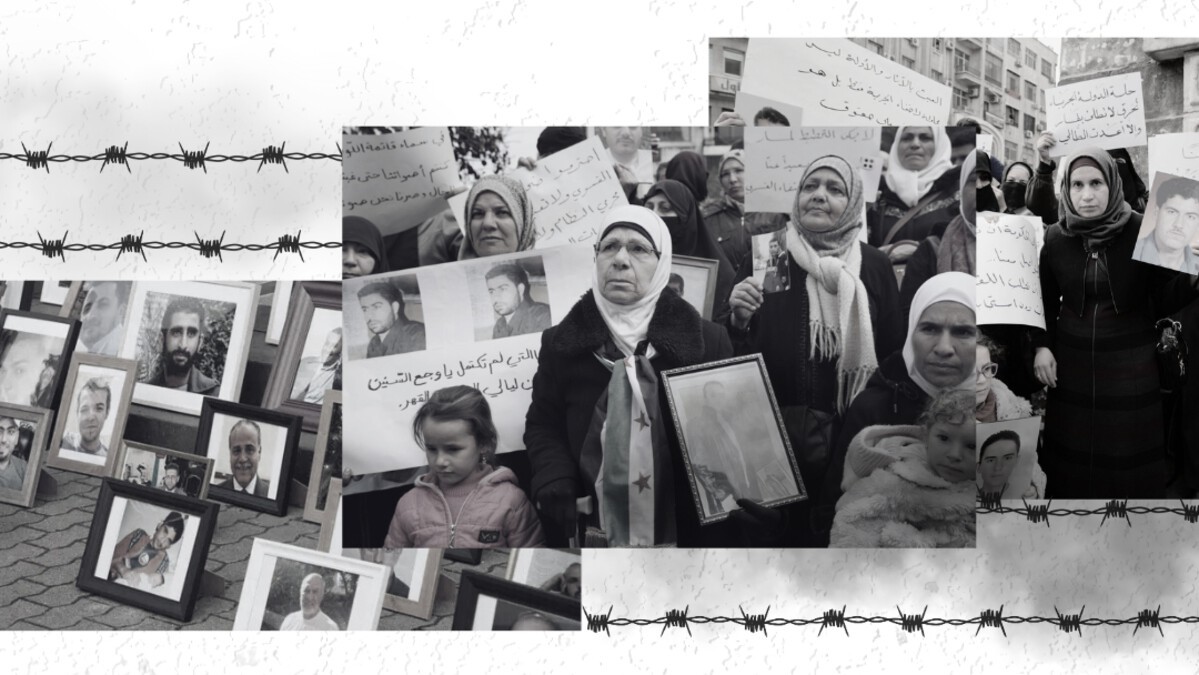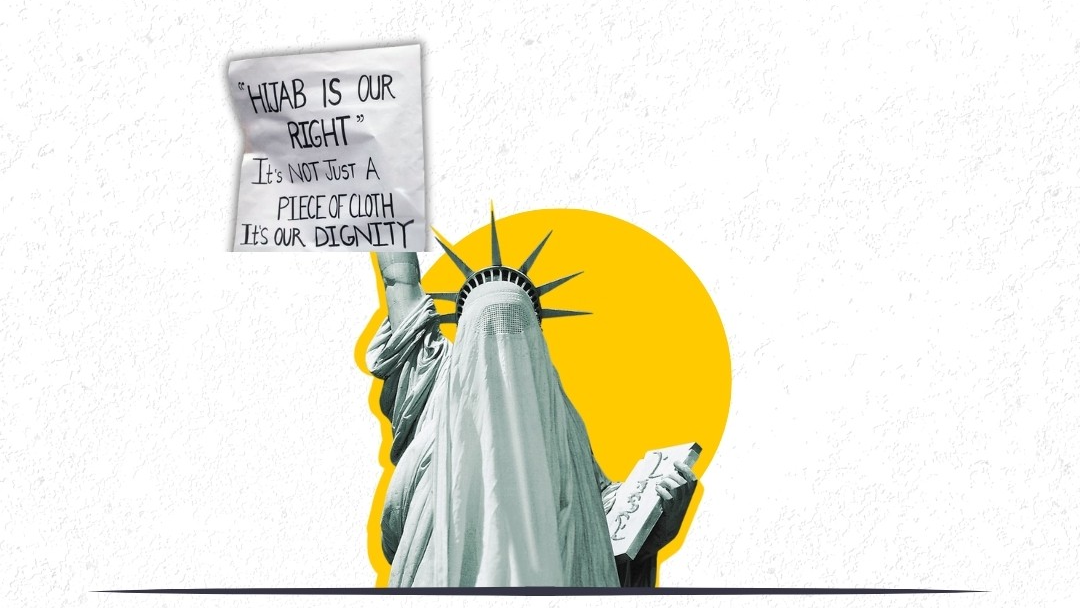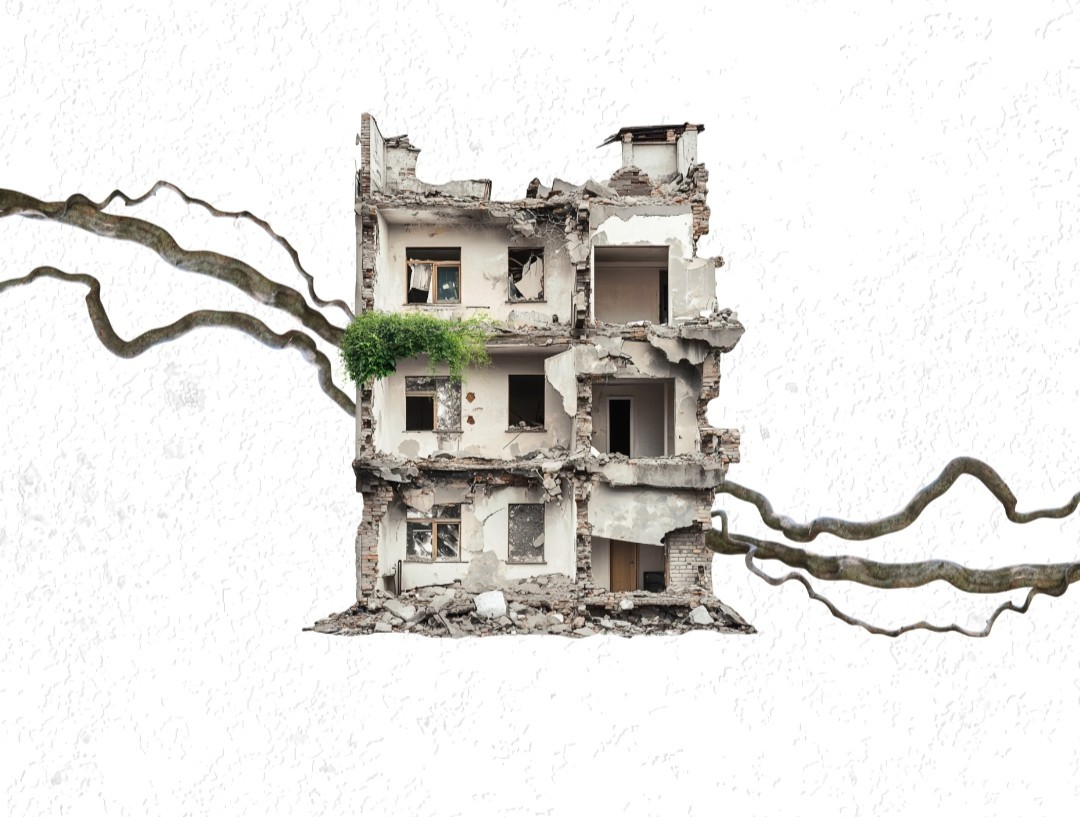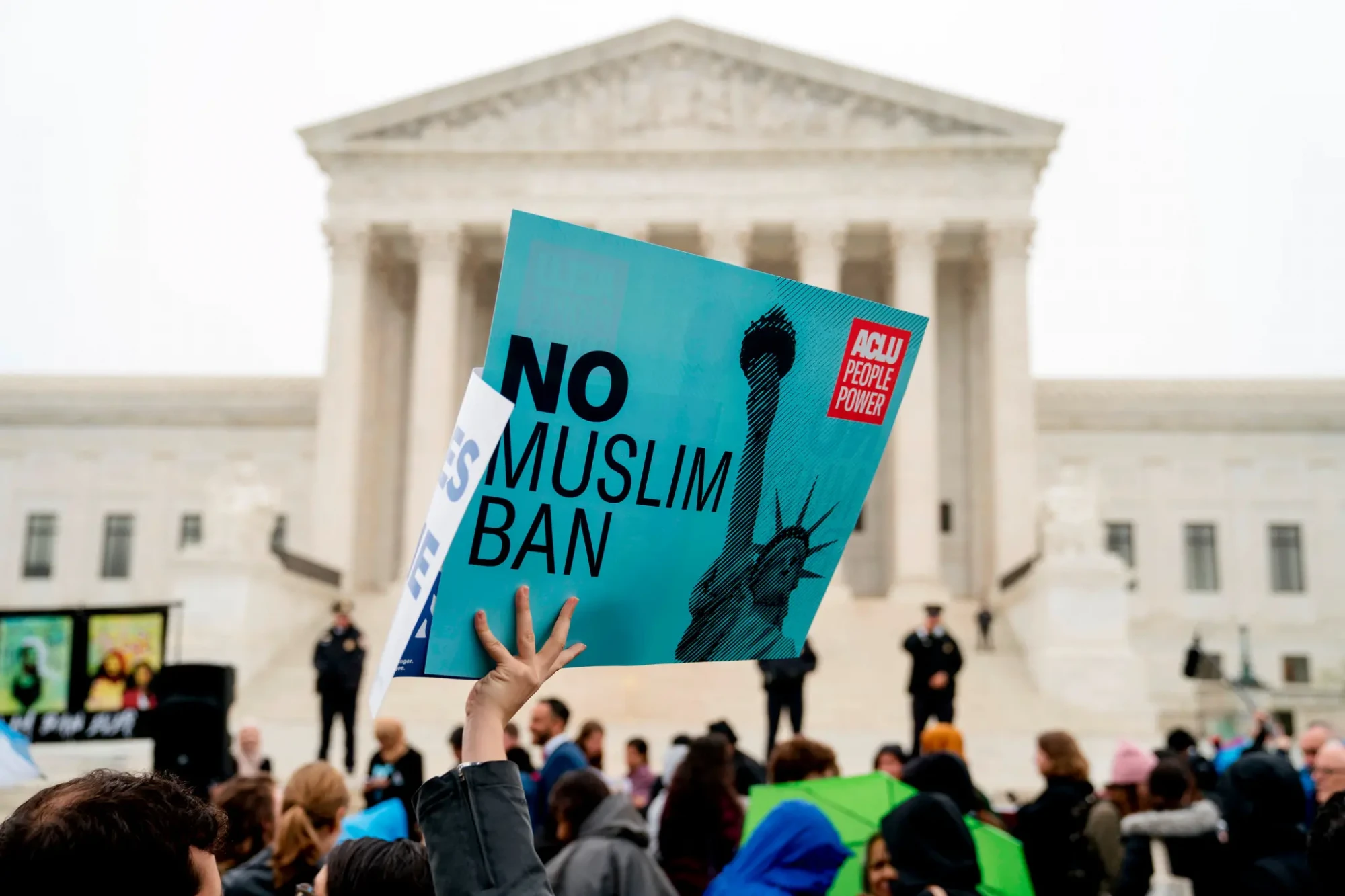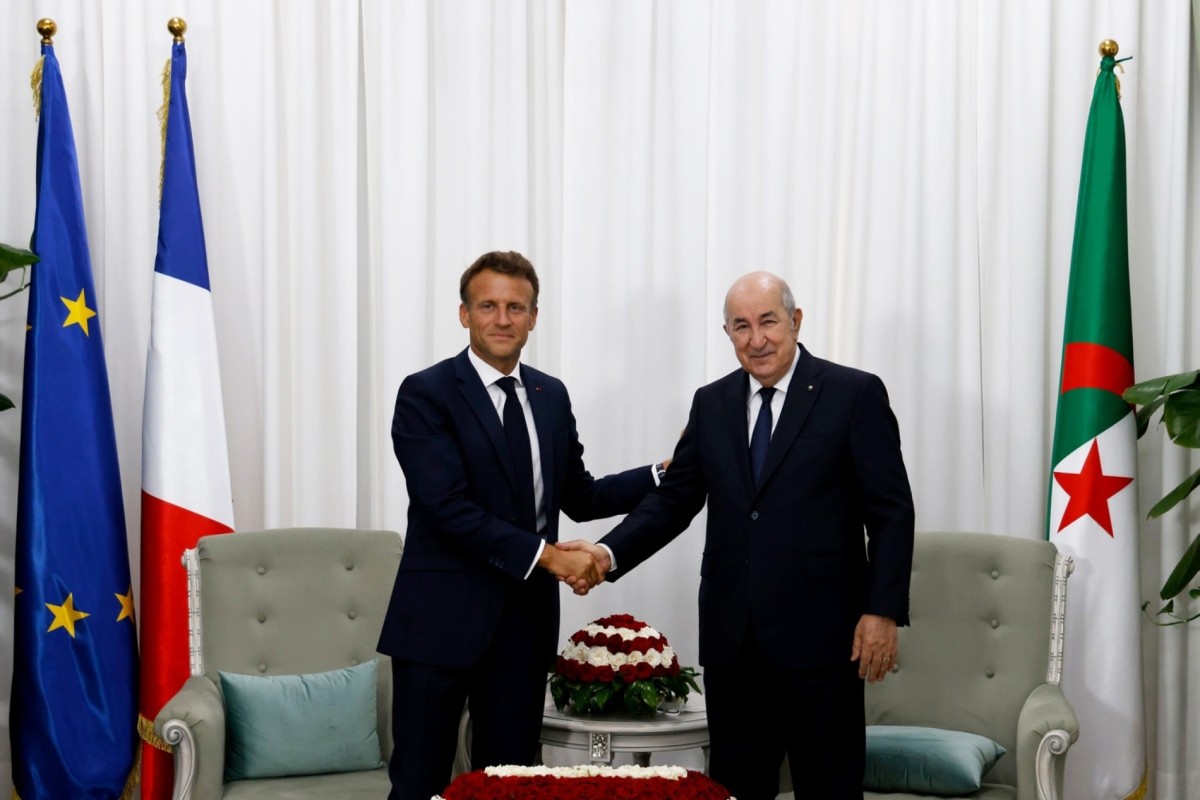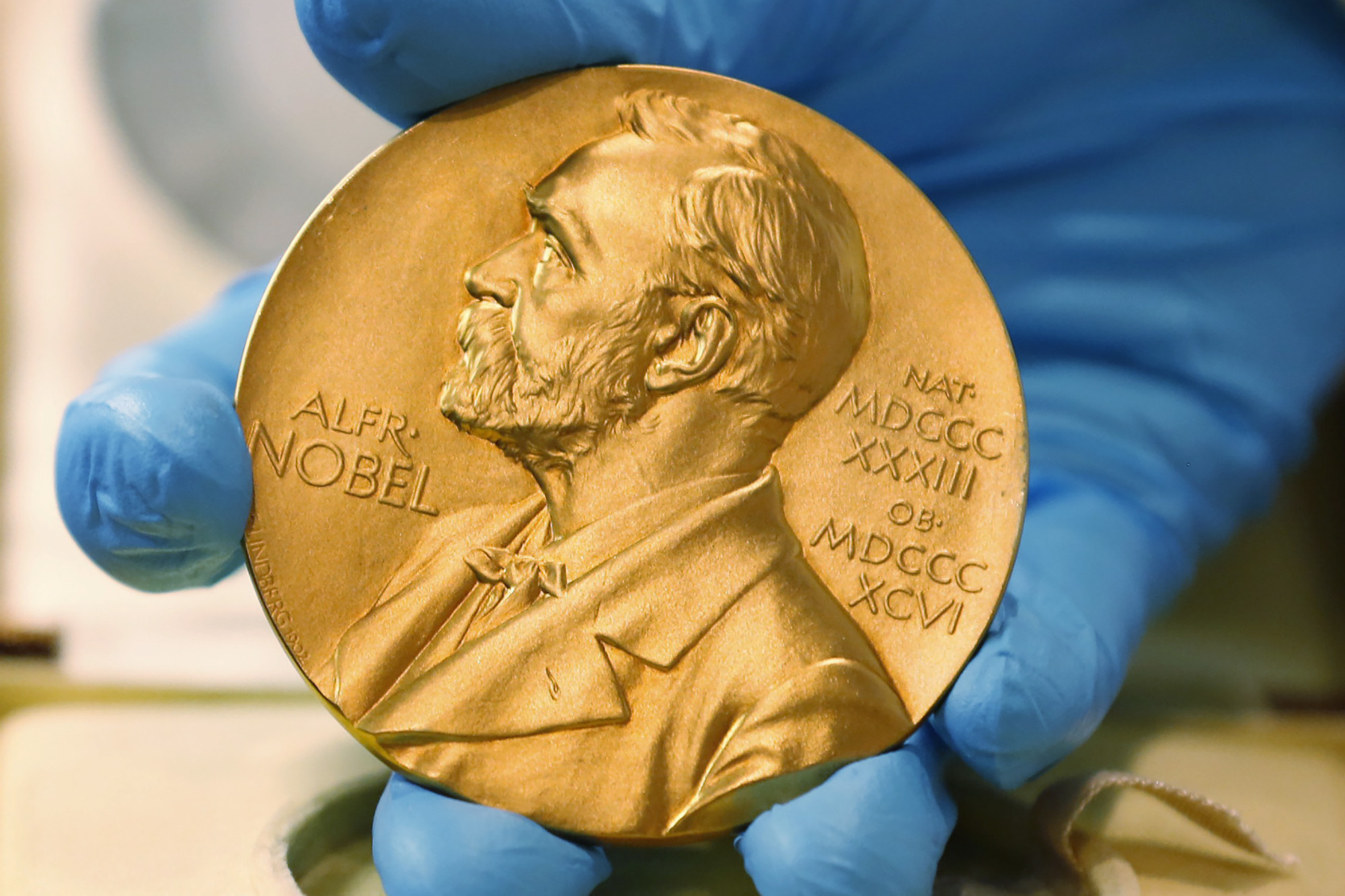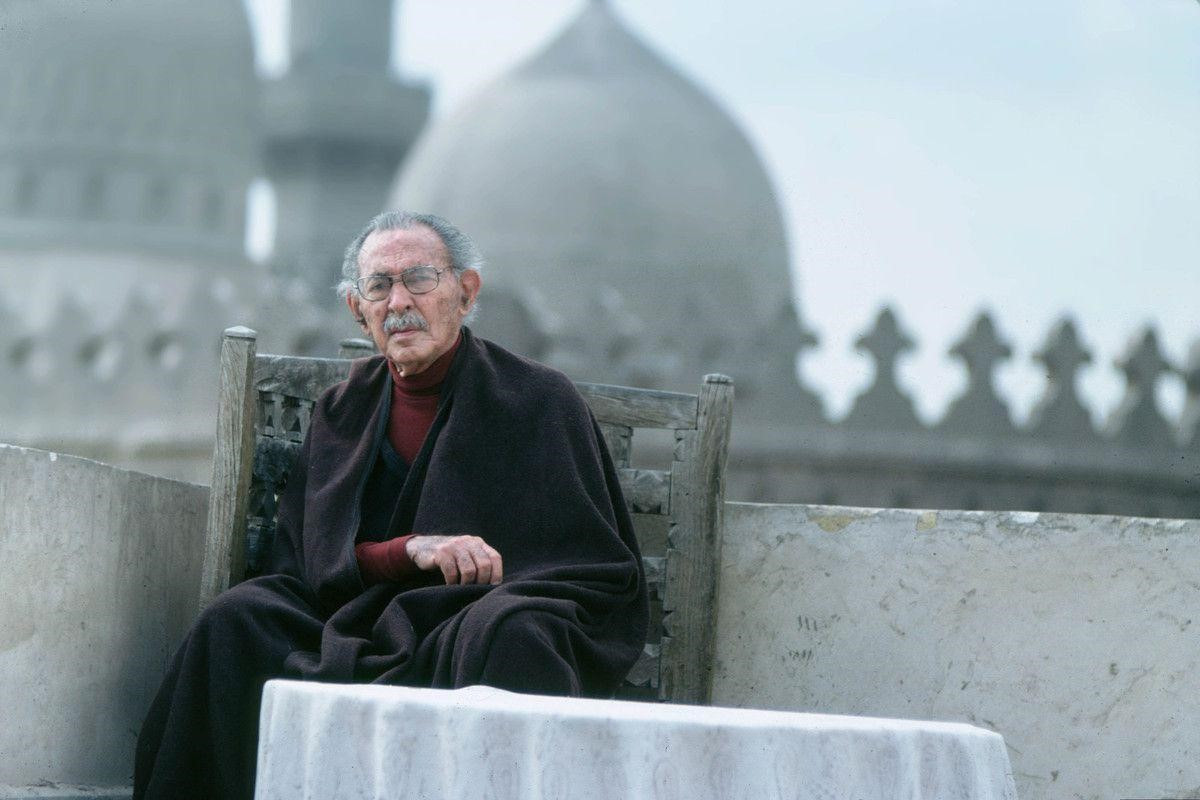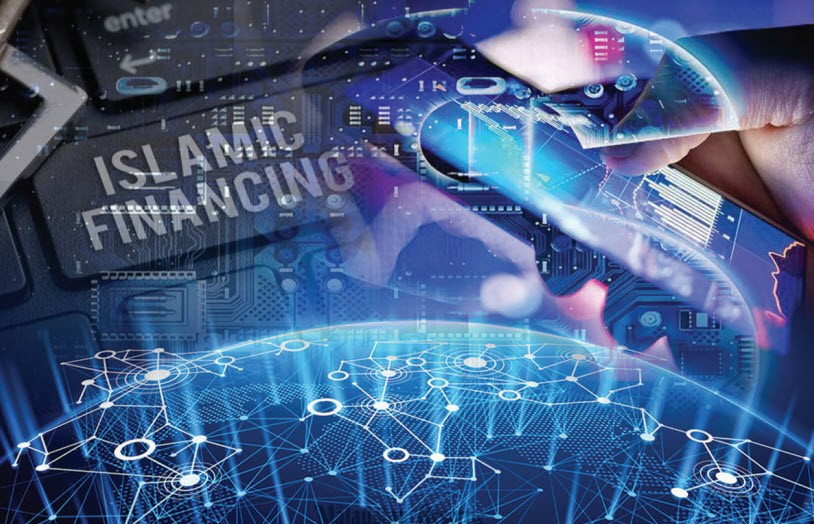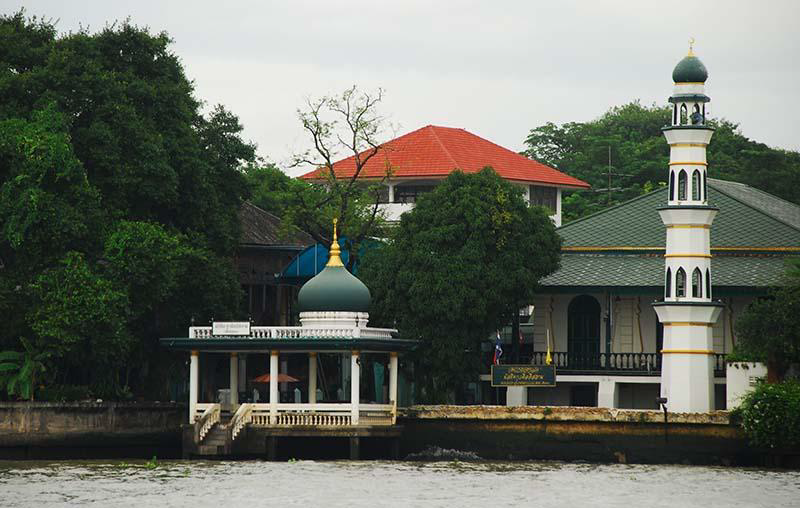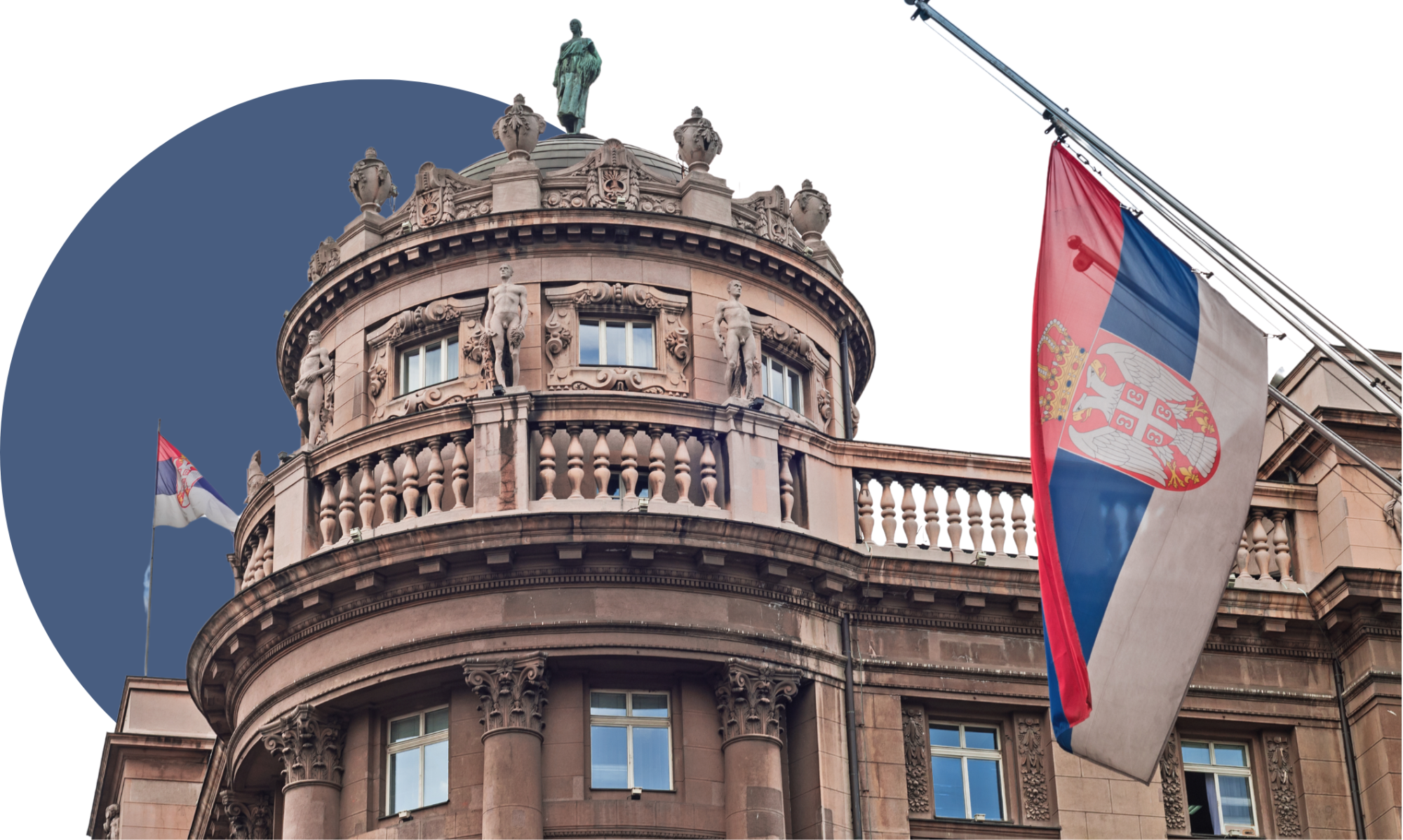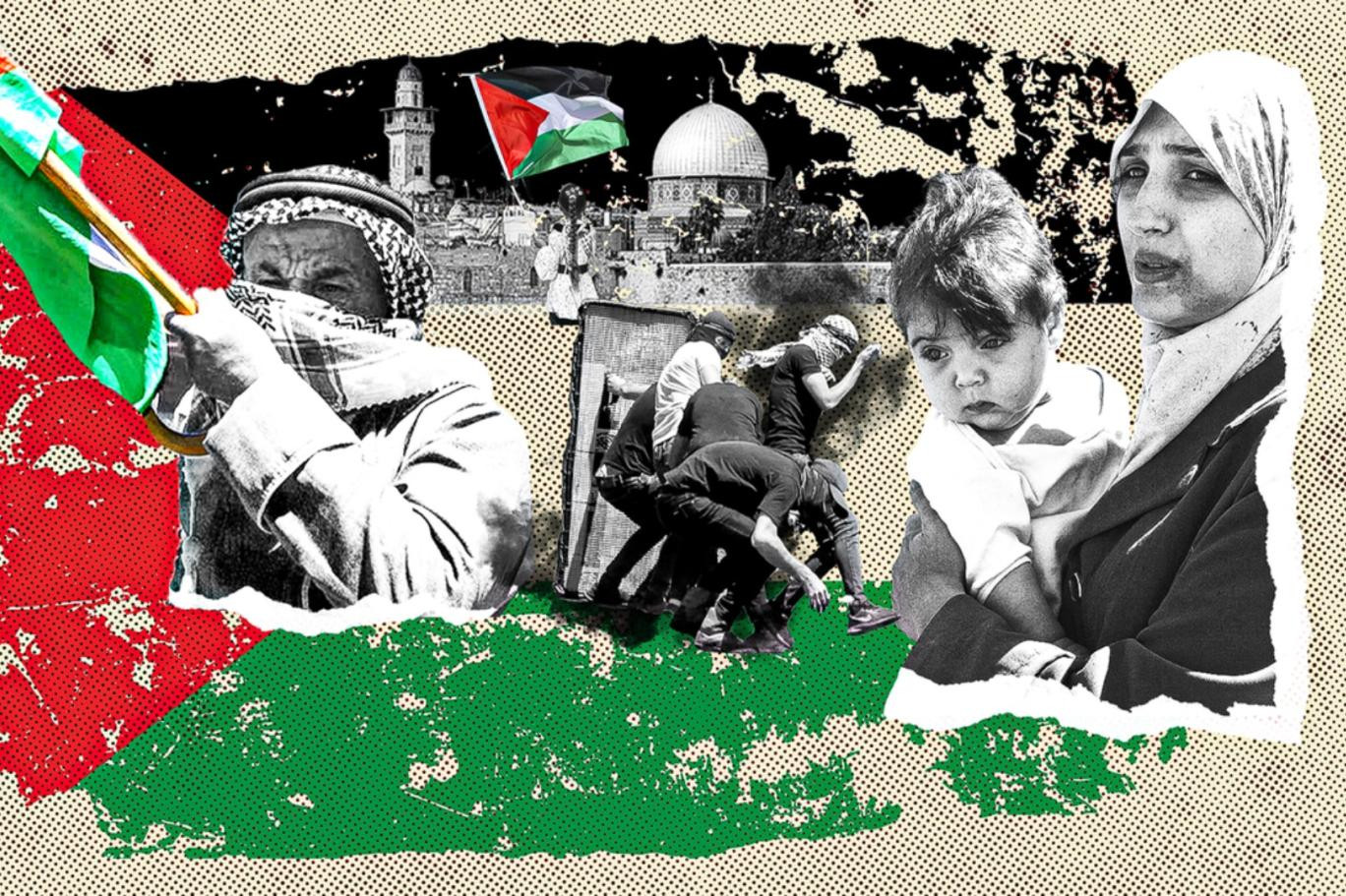
Resistance as a Way of Life in Palestine
"We must do everything to ensure they (the Palestinians) never do return… The old will die, and the young will forget."
...writes David Ben-Gurion, Israel's first prime minister, in his memoirs. During his 14-year term as prime minister, he not only denied the existence and right of return of Palestinian refugees but also made life difficult for Palestinians who remained in the lands Israel occupied in 1948, whom he saw as "unwanted guests" by declaring a state of emergency and military rule. Through assimilation policies, he also sought to sever them from their roots and prevent the formation of a Palestinian identity. This model, which was implemented against Palestinians in Israel from 1949 to 1966, was later applied in the West Bank and Gaza Strip after the 1967 occupation.
Today, neither those who were displaced by the 1948 and 1967 wars and became refugees nor those who remained in their lands and continued their lives under the physical, economic, and psychological oppression of the occupier forget and let others forget their past. Many of the grandchildren of those who lived through the 1948 Nakba (the Catastrophe) live with the memories of their grandparents. For this reason, many Palestinians continue their resistance in different ways, even though some succumb to or are forced to comply with Israel's assimilation policies.
When one thinks of Palestinian resistance, armed struggle may be the first thing that comes to mind, but resistance is multi-dimensional. In an environment where Israel's occupation authorities brutally suppress all forms of armed resistance and make life unbearable, forcing people to leave, even the effort of Palestinians to endure whatever comes their way and continue their daily lives with resilience is a form of resistance in itself, which is known as "sumud." Throughout history, passive resistance in Palestine has been far more widespread than armed resistance, with women leading the way.
Remaining Palestinian
The resistance of Palestinians begins even before they are born, starting in the womb; they experience the physical and psychological pressures imposed by Israel at a very early age. However, their mothers play the most critical role in instilling the spirit of active or passive resistance in the new generations. Palestinian women are strong, brave, and selfless. Nearly every aspect of their lives is a part of the resistance: having multiple children (i.e., waging a demographic war against the Judaization of Palestine) and educating them as well as possible; struggling with policies aimed at impoverishing Palestinians; resisting physical and psychological violence and humiliation by the occupier; fighting against restrictions on movement; preserving the Palestinian identity that Israel denies and establishing a strong sense of belonging to the land; preserving Palestinian culture and passing it on to the new generations; keeping the spirit and memory of resistance alive and instilling them in their children; and teaching their children not to fear, not to appear helpless and not to succumb to sorrow and to be brave against the constant intimidation of the occupier… Gazans, in particular, live side by side with death; thus, children are raised with an awareness of not fearing death. Even though they are isolated from the world and abandoned to their fate, they grow up hearing words from their mothers like “Allah is sufficient for us.” While there is a martyr, a disabled person, a detainee, or a missing person in almost every family, and the constant pressure and violence in daily life serve as a reminder of the occupation, the main actor that keeps the spirit and memory of resistance alive is Israel itself.
The hardships and violence experienced under occupation make Palestinians stronger and deepen their connection to their homeland. Yet, the greatest source of strength and resistance for Palestinians is the presence of Jerusalem and Al-Aqsa Mosque. No matter what they endure, they are patient and act according to the mindset that “We will be the guardians and protectors of these holy lands until our last breath.” They consider this a duty written in their destiny. Parents often say, “May my children be sacrificed for the sake of Al-Aqsa.” Jerusalem is the unifying symbol for all Palestinians, whether Muslim or Christian, religious or secular, and even atheist. Living in East Jerusalem is quite challenging and requires paying a heavy price.
Education is also very important for both male and female Palestinians. The opportunities for young people in Palestine to find good jobs that match their education are quite limited. Nevertheless, they view education as the most important tool of resistance and their greatest weapon against Israel. Likewise, Palestinian refugees who have lost their homeland also seek to be well-educated to receive decent treatment in the countries where they have taken refuge. This is precisely why, when Israel imposes curfews or uses other methods to disrupt education, Palestinians turn their homes into schools and continue learning regardless, similar to how tents were turned into schools in Gaza after October 7th.
The Fortress of Resistance: Gaza
Gaza is a bit different from other regions in Palestine. Living under blockade and cut off from the comforts of a consumer society, Gazans are highly devoted to their religion thanks to the activities of Sheikh Ahmed Yassin and his companions since 1978. They aspire to live closely connected to the Quran and hadiths and to draw inspiration from seerah [the life of the Prophet] and the history of other prophets. Memorizing the Quran is widespread, and families encourage their children to pursue both traditional education and Quranic memorization.
Situated on a critical point along the Mediterranean coast, Gazans have historically been resilient and resistant. Gaza has always been the place where resistance against Israel first flares up, where it is violently suppressed, and where huge sacrifices are made. Although Gaza is often recognized for its suffering, Gazans—much like other Palestinians—do not succumb to sorrow and instead seek reasons for joy. Despite war and the blockade, they celebrate Eids with great enthusiasm, attach great importance to the continuity of their lineage, host large and joyful weddings, celebrate special occasions, and, even if they are poor, borrow from other neighbors to offer the best hospitality to their guests. Rather than lamenting, they often share their struggles with a touch of humor… The Mediterranean is their only refuge under the blockade, where they swim freely and organize different activities for fun along the shore. All these are different forms of resistance since human beings cannot live under stress, anxiety, and pain continuously; otherwise, they would lose their mental and emotional well-being. That's why Gazans fight with all their might when resistance is necessary, but as soon as the clashes end, they return to everyday life as if nothing happened, they even play and celebrate. In this sense, they refuse to be defeated by pain and try to recover while avoiding giving the occupier the satisfaction of seeing them in despair. Even as Israel makes plans to wipe Gaza off the map, Gazans' determination to survive is unyielding. They seek ease in every hardship and alternatives in every scarcity. When Israel closes one path, Gazans find a way to open another. As early as 2014, the United Nations and World Bank reports warned that Gaza would become uninhabitable by 2020, and although the situation in Gaza reached this point long before the al-Aqsa Flood, they continued to sustain their lives through their productivity—and still do. One of the most striking examples of their productivity and creativity is the underground tunnel network, used for both civilian and military purposes, which Israel has been unable to destroy for ten months.
Though their lives are difficult, Gazans do everything they can to make their lives better. The hadith, "Indeed Allah loves that when one of you does something, he perfects it." is the guiding philosophy for the lives of the Gazans. They value and cherish life as much as they aspire to martyrdom; they want both their lives and their deaths to be meaningful. Perhaps as a result of this desire, while tens of thousands in Gaza have been brutally killed for the sake of Jerusalem and Al-Aqsa Mosque over the past ten months, Gazans breathe new life into people across the world who are spiritually dormant by connecting them with Islam.
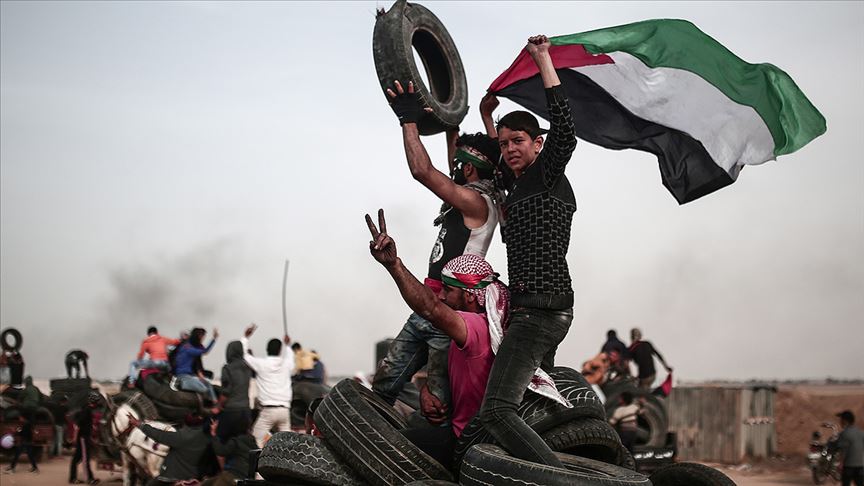 Anadolu Agency, 2019
Anadolu Agency, 2019
Hopes that Do Not Yield to Oppression
Each policy enforced by Israel on Palestinians is designed with a psychological aspect to wear down their resilience. It treats Palestinian lands like a laboratory and Palestinians as guinea pigs—not just for testing newly developed technologies and weapons but also to test how much pressure and oppression they can endure. For this reason, Israel’s actions are often arbitrary and unpredictable. Since Palestinians never know what might happen next, making long-term plans is almost impossible; they live by doing whatever the moment requires and almost savor the present. They do not postpone life; even during war, they marry, have children, write their theses, and continue their education. All of these are forms of passive resistance.
Despite being exposed to traumatic events that would be unbearable for most people in other parts of the world, Gazans display resilience against trauma and depression. They remain steadfast through their faith and trust in God. The ability of Gazans to return to “normal” the day after a war ends, to continue life as if nothing happened, and to quickly heal their wounds are among the qualities that Israelis struggle to overcome.
The most striking aspect of Palestinian resistance is that many young prisoners who have been sentenced by Israel to multiple life sentences or decades in prison do not lose hope. Instead, in prison, they learn different foreign languages, complete high school and university through distance learning, and some even pursue master's and PhD degrees. A notable example is Yahya Sinwar, the new leader of Hamas. Despite being sentenced to life imprisonment four times, Sinwar learned advanced Hebrew, completed his undergraduate and graduate education while in prison, did not give in to brain cancer, and had a deep understanding of Israeli society and its military-security bureaucracy. Even though they did not have the possibility of being released, Sinwar and many other prisoners turned the prison into a place of learning through their unwavering faith and trust in God. They did not succumb to the hardships of the moment but focused on the future. After being released in hostage exchanges decades later, they were prepared with the know-how to start anew in life.
When we analyze who Israel has targeted in assassinations over the past 70-plus years beyond armed groups, we see the multifaceted nature of Palestinian resistance. For instance, notable figures such as the Palestinian novelist and journalist Ghassan Kanafani, cartoonist Naji al-Ali, who created the Hanzala character, and important Palestinian engineers; hundreds of journalists, doctors, healthcare workers, ambulance drivers, search and rescue workers, academics, teachers, scholars, artists, engineers, humanitarian workers after October 7... Tens of thousands of women and children who have been massacred... Each of these individuals is a part of resistance in different forms.
In conclusion, simply continuing to live in Palestine is, in itself, an act of resistance.
Cover: newarab.com
Zahide Tuba Kor
Marmara Üniversitesi Siyaset Bilimi ve Uluslararası İlişkiler Bölümü’nde lisansını (2003) ve Türkiye-Suriye ilişkileri üzerine yazdığı teziyle yüksek lisansını (2007) tamamladı. Anlayış dergisinde yazar ve editör (2004-2010), BİSAV Küresel Araştırmal...
 Zahide Tuba Kor
Zahide Tuba Kor